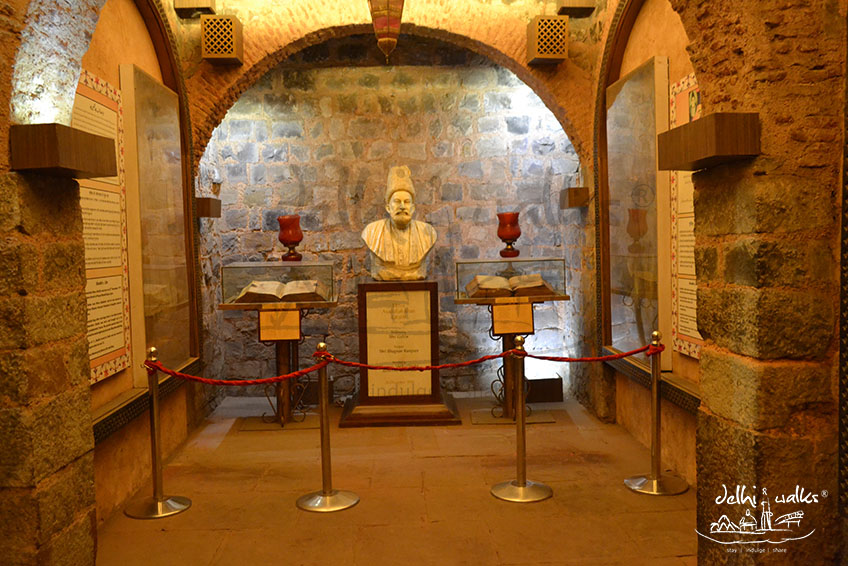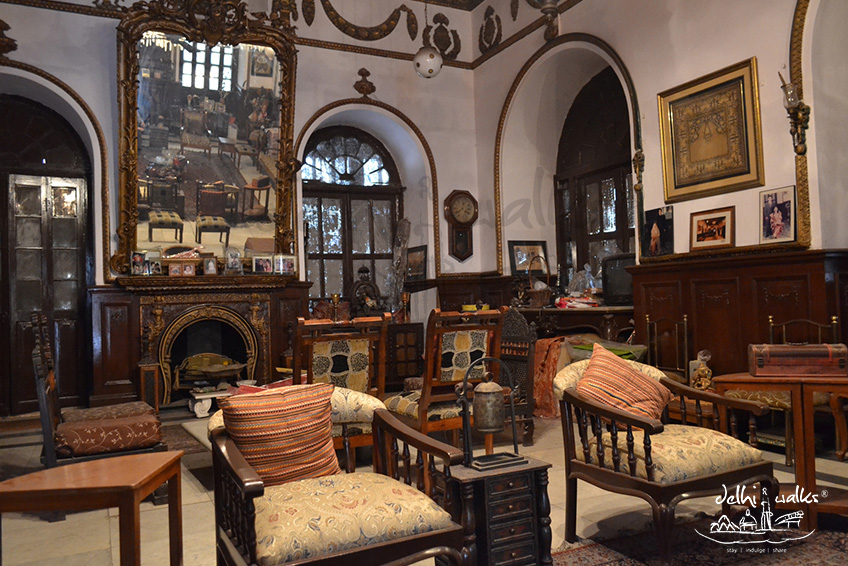The ruins of Tughlaqabad reflect a history of the ruined city. Abode of the first Tughlaq ruler Ghiyasuddin, who was perceived to be the agent of change from Khilji to the Tughlaqs was the agent of continuity for the Islam rule in delhi. The underlying tale of his change was kept alive by the prominent rulers, and the contemporaries who visited the court of Ghiyasuddin as historian like Barani and Afif had written about thecity as well as Amir Khusrau a poet and the Moroccan traveller Ibn Battuta. Above all, the greatest of the sufi saint of Delhi NizamuddinAuliya had a the biggest connection with the fort city right from its flourishing state to the state of ruin and further as being the cursed state.
While we walk through the whole place, the Tughlaq’s were busy erecting the massive fort city around the 14th century, the architects of this ingenious monument, devised a very unique way of perceiving architecture, which had not been experimented earlier. Crudely called as the defense architecture, it consisted of inward sloping double walled Cyclopean fort, which any other contemporary kingdom must have perceived it as tasteless architecture had one aim in mind: to sustain any Mongol invasion, who had paid bloody visits at the door steps of the seat of the power. The fortification highlights how Ghiyasiddin was living in troubled times.
The troubled times were much feared back then, so much so, that the tomb of Ghiyasuddin with its pentagonal fortified raised walls with five towers was a small fortress, including the four tiers of fire in the walls, a stepwell or baoli and a storage place inside the tomb suggests the self-sufficiency of this defense system. The tomb was conceptualized in an artificial lake to make it inaccessible to the enemy.
But one cannot come out of the fact that a Sufi saint’s eternal curse on the emperor and his city had been confined to ghosts.
The fort city is replete with baolis in all parts of the city, huge granaries suggest that the planners were interested in making the city self-sufficient in case of a long drawn scarcity of grains which were associated with seasonal fall in the market. It was rumored that the fort city had a gigantic place containing all the gold of the world.
Ghiyasuddin was obsessed with his new fort city which subsequently was his new capital as well. Trying to maintain his exclusivity, he wanted all his labourers to only work at the fort. The one’s working at NizamuddinAuliya’sKhanqah were even asked to abandon the work of the sufi saint. The workers with on choice left to them, started working at night in the Khanqah. When it reached the Sultan, he stopped the sale and use of oil so that they cannot continue their work. It is a belief amongst the people that NizamuddinAuliya asked his disciple HazratNaseeruddin to light the lamps of the workers with water. As the lamps were lit up miraculously, the step well was constructed in 7 days. Prophetically, NizamuddinAuliya had cursed the Sultan that his new city will either be deserted or occupied by herdmen, which is still the state of the fort city!
Even though the Tughlaqs have left, the ruins of the fort city makes us remember how a curse can desecrate the home of a Sultan, when in contrast Nizamuddin lives on!





